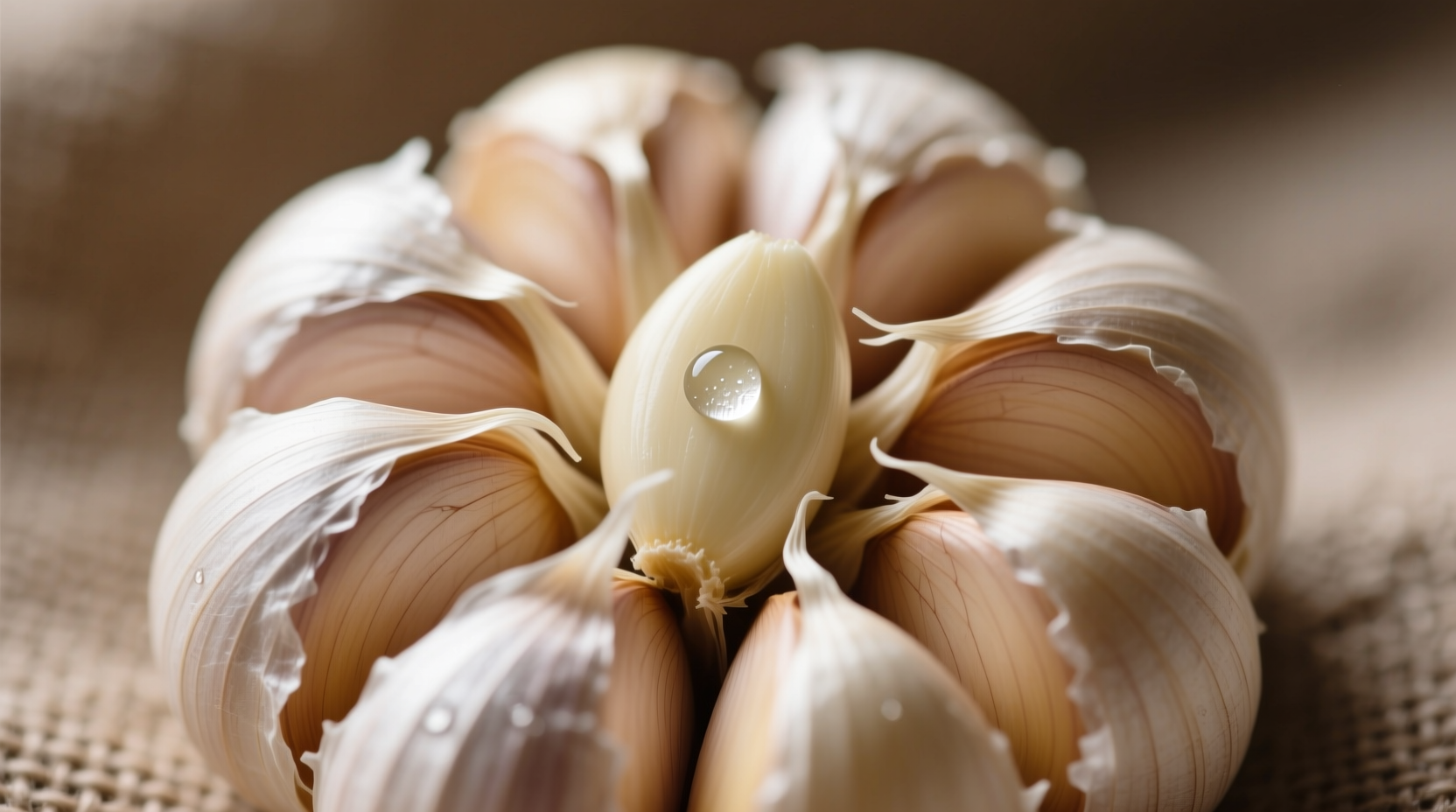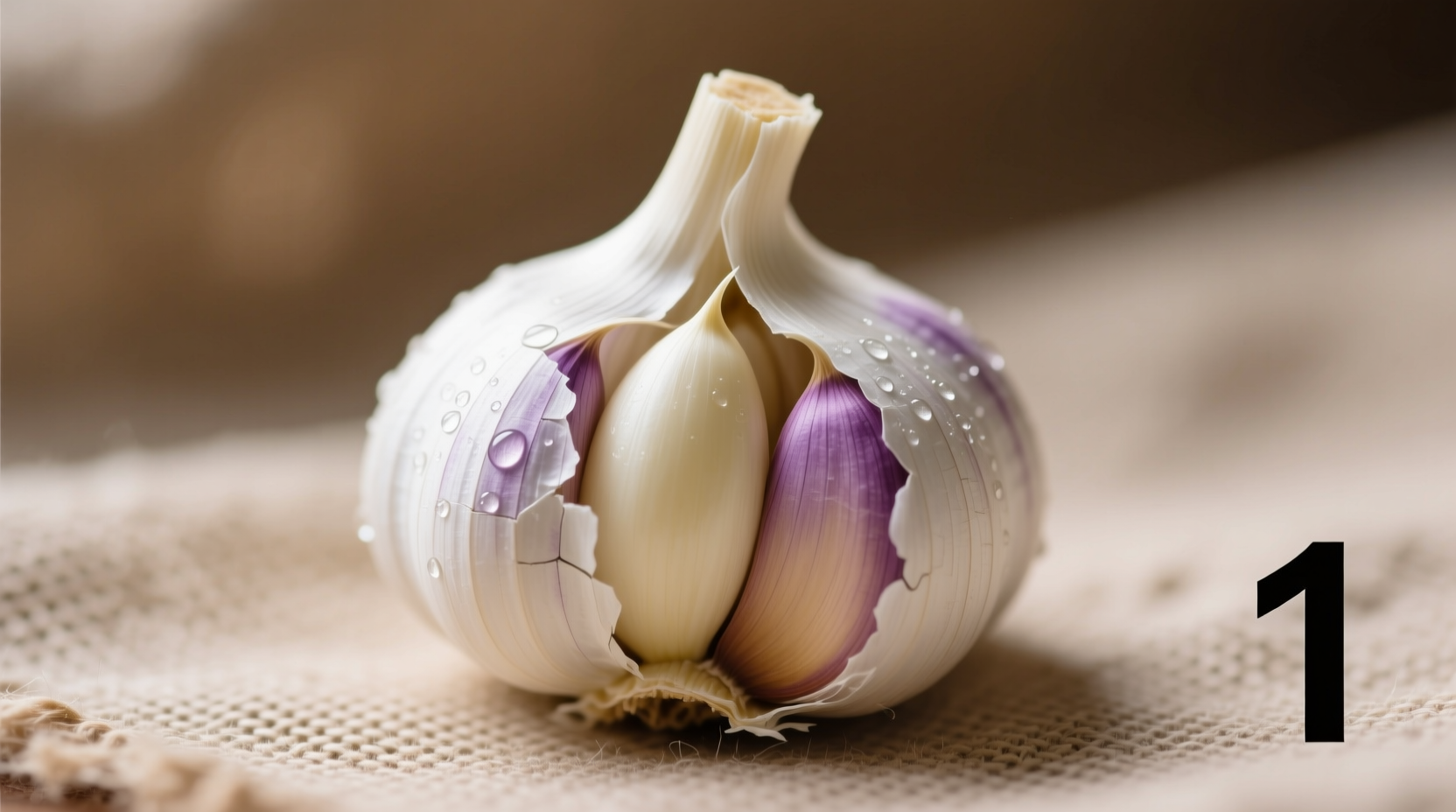Garlic 1 typically refers to the foundational knowledge and practical applications of garlic in cooking and health contexts. This comprehensive guide delivers essential information about garlic varieties, selection methods, storage techniques, culinary applications, and evidence-based health benefits - all verified by culinary science and historical research.
When home cooks and chefs search for "garlic 1," they're usually seeking fundamental knowledge about this essential culinary ingredient. Whether you're a beginner cook wondering how to properly prepare garlic or an experienced chef looking to deepen your understanding of garlic varieties, this guide provides the practical information you need to maximize garlic's flavor potential and health benefits.
Understanding Garlic Varieties and Selection
Garlic isn't just garlic - understanding the different varieties is crucial for achieving optimal results in your cooking. The two main categories are hardneck and softneck garlic, each with distinct characteristics that affect flavor, storage, and culinary applications.
| Variety Type | Flavor Profile | Storage Duration | Best Culinary Uses |
|---|---|---|---|
| Hardneck (Rocambole, Porcelain) | Bolder, more complex flavor | 5-7 months | Roasting, sauces, dishes where garlic is the star |
| Softneck (Silverskin, Artichoke) | Milder, more traditional garlic flavor | 9-12 months | Everyday cooking, garlic braids, dishes requiring subtle garlic notes |
| Elephant Garlic | Much milder, closer to leek | 3-5 months | Raw applications, dishes where intense garlic would overpower |
When selecting garlic at the market, look for firm bulbs with tight, papery skins. Avoid any with soft spots, sprouting, or signs of mold. The cloves should feel heavy for their size, indicating freshness and moisture content. Professional chefs recommend choosing garlic based on your intended use - hardneck varieties deliver more complex flavors when roasted, while softneck works better for long-cooked sauces where a milder garlic presence is desired.
Proper Storage Techniques for Maximum Freshness
How you store garlic dramatically affects its flavor development and shelf life. Contrary to popular belief, refrigeration isn't ideal for whole garlic bulbs as the moisture can promote sprouting and mold.
For optimal storage:
- Keep whole bulbs in a cool, dark, well-ventilated space (55-65°F/13-18°C)
- Use mesh bags or traditional garlic keepers that allow air circulation
- Never store in plastic bags which trap moisture
- Once cloves are separated, use within 7-10 days
- Peeled cloves can be stored in olive oil in the refrigerator for up to 2 weeks
According to research from the USDA Agricultural Research Service, garlic stored under proper conditions maintains its allicin content (the compound responsible for many health benefits) significantly longer than garlic stored in suboptimal conditions. This directly impacts both flavor intensity and potential health benefits.
Unlocking Garlic's Flavor Potential Through Proper Preparation
The way you prepare garlic transforms its chemical composition and flavor profile. When garlic cells are damaged through cutting or crushing, the enzyme alliinase converts alliin to allicin, creating that characteristic garlic flavor.
Professional chefs use these preparation techniques to control flavor intensity:
- Whole cloves: Milder flavor, ideal for infusing oils or roasting
- Sliced: Moderate flavor release, perfect for sautéing
- Minced: Stronger flavor, works well in sauces and dressings
- Pounded to paste: Most intense flavor, traditional in many ethnic cuisines

Timing matters significantly. Adding garlic early in cooking creates a mellow, integrated flavor, while adding it near the end preserves its pungency. For the most complex flavor development, many professional kitchens use a two-stage approach - adding some garlic early for base flavor and finishing with fresh garlic at the end.
Evidence-Based Health Benefits of Garlic
Garlic's health benefits extend beyond culinary appeal, with scientific research supporting several key advantages. According to a comprehensive review published in the Journal of Nutrition, regular garlic consumption is associated with:
- Cardiovascular support through modest blood pressure reduction
- Antimicrobial properties effective against certain bacteria and fungi
- Potential immune system modulation
- Antioxidant effects that may reduce oxidative stress
It's important to note that cooking methods affect these benefits. Raw garlic provides the highest allicin content, while roasted or cooked garlic offers different beneficial compounds. The National Center for Complementary and Integrative Health notes that while garlic shows promise for certain health conditions, it should be viewed as part of a healthy diet rather than a treatment for medical conditions.
Avoiding Common Garlic Preparation Mistakes
Even experienced cooks make these common garlic errors that compromise flavor and texture:
- Burning garlic: Garlic burns at lower temperatures than many oils smoke. Always cook garlic over medium-low heat and add it after other aromatics like onions.
- Using pre-minced jarred garlic: While convenient, these products often contain preservatives that alter flavor and lack the enzymatic reactions of fresh garlic.
- Not adjusting for variety differences: Using elephant garlic when a recipe calls for standard garlic results in significantly less flavor impact.
- Adding garlic too early in cooking: For dishes where you want distinct garlic flavor, add it later in the cooking process.
According to culinary research from the Culinary Institute of America, the optimal time to add minced garlic to sautéing vegetables is when the onions reach "first translucence" - not at the beginning of cooking. This timing maximizes flavor development while preventing burning.
Practical Applications in Everyday Cooking
Understanding how to incorporate garlic effectively transforms ordinary dishes. Here's how to use garlic across different cooking methods:
- Sautéing: Add minced garlic 30-60 seconds before finishing to preserve flavor
- Roasting: Whole cloves become sweet and mellow - perfect for spreading on bread
- Raw applications: Let minced garlic rest 10 minutes before use to develop full flavor
- Infusions: Use whole cloves in oil or vinegar for subtle flavor without bitterness
- Preserving: Freeze minced garlic in oil for convenient future use
For international cooking applications, understanding regional garlic preferences makes a difference. Mediterranean cuisines often use garlic more liberally than East Asian cooking, where garlic complements rather than dominates. In Mexican cuisine, raw garlic features prominently in salsas, while French cooking typically uses more subtle garlic infusions.
Frequently Asked Questions
What's the difference between hardneck and softneck garlic?
Hardneck garlic has a stiff central stalk and typically offers more complex, robust flavors with fewer but larger cloves arranged around the stem. It stores for 5-7 months. Softneck garlic lacks the central stalk, has multiple layers of cloves, milder flavor, and stores longer (9-12 months), making it ideal for braiding.
How can I prevent garlic from burning while cooking?
Cook garlic over medium-low heat, add it after other aromatics like onions have softened, and never leave it unattended. Professional chefs often add a small amount of liquid (stock or wine) when garlic goes in the pan to moderate the temperature. If cooking with oil, ensure the oil isn't smoking before adding garlic.
Does roasted garlic have the same health benefits as raw garlic?
Roasted garlic has different beneficial compounds than raw garlic. While raw garlic contains more allicin (the compound with antimicrobial properties), roasting creates other beneficial sulfur compounds. Both forms offer health benefits, but through different mechanisms. The National Center for Complementary and Integrative Health notes that both forms contribute to a healthy diet.
Can I substitute powdered garlic for fresh garlic in recipes?
Yes, but with adjustments. As a general rule: 1 clove fresh garlic ≈ 1/8 teaspoon garlic powder. Powdered garlic lacks the enzymatic reactions of fresh garlic, so it won't develop the same complex flavor profile. It works best in long-cooked dishes rather than applications where fresh garlic's bright flavor is essential.











 浙公网安备
33010002000092号
浙公网安备
33010002000092号 浙B2-20120091-4
浙B2-20120091-4